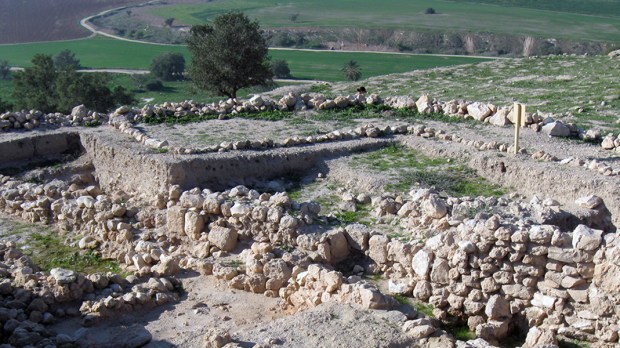Lenten Campaign 2025
This content is free of charge, as are all our articles.
Support us with a donation that is tax-deductible and enable us to continue to reach millions of readers.
The hometown of Goliath may have been of, well, Goliath proportions.
After 23 years of excavations, archaeologists have uncovered another layer of the ancient Philistine city of Gath, and their findings suggest that the place may have been much bigger than previously thought, the Jerusalem Post reported.
Gath was one of five Philistine cities making up the Pentapolis, which also included Ashkelon, Ashdod, Ekron and Gaza. And the most famous resident of Gath was immortalized in the Old Testament story of his duel with the future king David.
The Post quoted Bar-Ilan University archaeologist Aren Maeir, who told the Daily Star, “It was assumed the city reached its large size during the 10th and 9th century BCE. It now appears that the early Iron Age city—11th century BCE and perhaps before—may have been even bigger and more impressive.”
Maeir believes that the large size of the city and the monuments that remained may have helped contribute to the legends of giants among the Philistines and others, the Post said:
In terms of the size of the city itself, evidence shows that Gath may have spanned an area of 50 hectares (123.5 acres), which is more than twice the size of any comparable city in the area. The building blocks uncovered in this new “Goliath” layer are almost twice as wide as those from later years, and were almost six times as tall. This discovery, Maier explained, will change the historical understanding of the site’s development and “its relationship and primacy” compared with the other Philistine settlements and cities.

